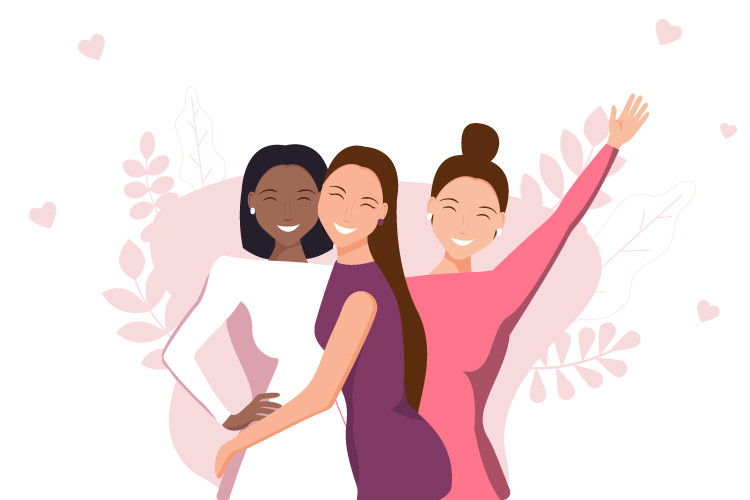To me, being a woman in today’s age is being myself, unapologetically. It means sharing ideas, pushing boundaries, finding my voice without being restricted by cultural boundaries and not valuing myself basis someone else’s perception about me.
I have been a working professional for over 28 years, and I take pride and hope in knowing that there’s never been a greater time for women, than it is now. Today, wherever I go, including my workplace, I witness strong solidarity between women, despite the wide diversity of issues still being faced by them.
Being a woman (now) is lot about strength and mutual support. The women who surround me are always there to back me up and vice-versa.
Coming from a leadership role, I feel there is certainly more to do, but the tides are changing. For instance, many of the teams that I look after, are women driven and have 60:40 female-male ratio or even higher in some. But this was not the case when I started my career or even a decade back. Back then, women in any given team or role had a minority representation, always accepted limitations and assumptions others had about what they could do or achieve.
A large part of this was realized when women started openly challenging change and turned to each other for allyship. I have always believed that women should use whatever privilege they have, hard won or otherwise, to speak up and always help other women forge ahead.
Many areas of the working world have changed for better and the need for gender diversity and inclusion are widely recognised. Rigid working environments that failed to accommodate the need for flexibility for both working men and women (especially parents) are now a thing of the past – especially in the organised sector.
In the last five years of managing women dominant teams, I have witnessed lesser number of female colleagues taking a career break in search of flexibility. Extended maternity leaves along with agile workplace policies have enabled this change to a large extent. Men have also joined this band wagon by opting for paternity leaves which have helped balance the gender scale.
E - PAPER
WHAT IT MEANS TO BE A WOMAN IN TODAY’S AGE?
Vandana Chopra, Partner and Head, Brand & Communications, KPMG India, talks about the transformations that the workplaces have undergone after the women started challenging the changes.
 BY
Vandana Chopra
BY
Vandana Chopra
15th March 2022

RELATED STORY VIEW MORE
TOP STORY

Yamaha: Racing Ahead
Yamaha launches ‘The Call of the Blue’ 4.0 campaign for young riders. Vijay Kaul, GM - Marketing Strategy, Yamaha India, reflects on the brand’s journey in India
NEWS LETTER
Subscribe for our news letter
E - PAPER
-

CURRENT 
LAST WEEK
Subscribe To Impact Online
IMPACT SPECIAL ISSUES

Anupriya Acharya Tops the IMPACT 50 Most Influenti
Advertising Turbocharged
A Toast to creativity
GOAing towards tech-lead creativity
REDISCOVERING ONESELF
50 MOST INFLUENTIAL WOMEN LIST 2022
BACK WITH A BANG!
Your Best Coffee Ever
PR Commune Magazine June-July 2022
13th-ANNIVERSARY-SPECIAL
PR Commune Magazine April 2022
VIDEO GALLERY VIEW MORE

Use your existing account to sign in






